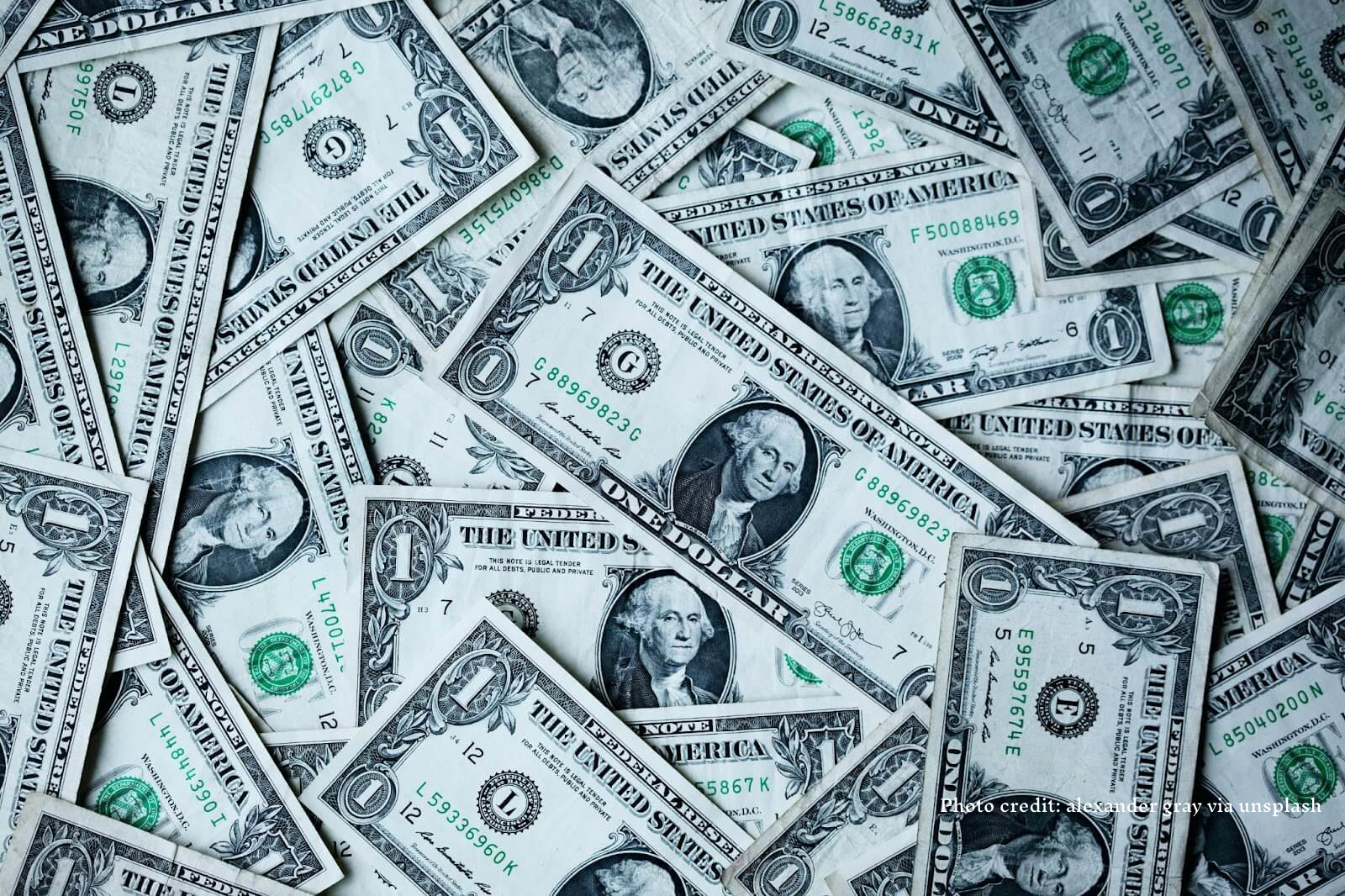The Top 5 Business Trends for 2017

Dec 29 | 2016

From Pokémon Go To Donald Trump, very little of 2016 felt predictable. Yet, even in that chaos, there were still trends –while companies, politics and pop stars change with the wind, trends remain eternal, twisting effervescently in the breeze.
Here’s a solid five predictions for what’s going to be big, trendwise, in 2017!
1. Brick and Mortars (or anything) that offer something!
Amazon didn’t kill main street, despite still doing its best to thin it out. Borders went ages ago and Barnes & Noble is soon about to politely bow out, wine and dining-options be damned. But it’s not just books that are suffering: Target’s seen some serious losses this year and there were even whispers, earlier this year, that the behemoth that practically invented the contemporary big-box experience, Walmart, might have already seen its best days. What’s surviving: Urban Outfitters, Nordstrom, the corner indie bookstore. Why?
The other day, working a holiday shift at a nameless big-box store, an old woman asked me what I could recommend as a gift for her teenage daughter. Perhaps she spotted my hip and generational cool. Regardless, I told her to get herself to an Urban Outfitters and listen to what they told her. From music streaming services to direct retail, the one word that everyone is yelling in this age of information-overload is curation. Stitch Fix, for instance, gets it: it’s a service that will put an outfit together based on the algorithms that you represent and sell it to you. Now that’s cash: Stitch Fix brought in $250 million of revenue last year. Invest in places that are offering something you can’t get on Amazon; in 2017 they’re going to soar.
2. Pot!
Will 2017 be the year Mary Jane becomes Everyday Jane? Forbes seems to think so, with Debra Borchardt, the magazine’s self-described “retail and cannabis” expert, predicting, among other things, that the popular drug will inspire at least one network television show and at least one major league sports team to come behind the popular drug in the coming year. Personally, my money is on NASCAR. But maybe Lou Williams will be the one sporting a spliff, since Adam Bierman, of the cannabis investment firm MadMen, predicts that LA will become the “the marijuana capital of the world.” Bierman estimates that LA’s medicinal cannabis market is already worth somewhere near $1 billion and with California, having passed Proposition 64, legalizing recreational use of weed, back in November, expect that green to flow.
3. Apps!
Apps, apps and more apps! Remember when the coolest thing was to be investing money in somebody’s idea for an app, finding the engineers in Belarus, and pouring champagne over your empire in the morning? Come 2017, it will be the most profitable thing: “Even Your Grandma Will Use Grubhub,” is Fortune‘s line on the matter and they’re not just talking about the single-tap food delivery empire whose active user base grew by 19% in 2016. Fortune also predicts that Slack, the workplace chat app that slipped into 2016 and replaced every workplace conversation ever, will get a major purchase offer by one of the big tech giants. It’s time for all those smart investments to make some serious bank.
4. Investing young!
Among many other things, 2016 will also be remembered as the year that the millennials took over, literally. A few months back, Pew Research confirmed this: “Millennials have surpassed Baby Boomers as the nation’s largest living generation,” per the latest census data. Ian Altman, among the old people of Forbes, knows what this means: “Just like past generations, millennials will emerge as the next set of managers and executives.” What will this mean, besides giving any spare cash you have to the nearest person younger than you? Businesses associated with the aged will be in or are already in decline: health care, car sales. Where’s the money: ZipCar, Uber (see: apps!) and companies with young leadership–like Stefan Larsson, of Ralph Lauren, who’s barely in his forties, or even someone like Sean Kelly, 29, who founded a brand of vending machines that specialized in health products or Aaron Bell, who started out as a developer for Microsoft at the age of 15 and now runs an advertisement retargeting software company that’s worth over $34 million. Keep an eye out for them.
5. VR!
Just this November, Sony’s Playstation launched its first VR interface to massive success, followed quickly by Google’s Daydream View which is set to generate millions for their parent company in 2017. But even before those platforms took command of the zeitgeist, the absurd and sudden popularity of a game like Pokemon Go showed how much interest there was in using something as basic as an app to augment everyday reality into a social and capitalizable experience. And Google’s quick foray into the field suggests that VR developers have goals greater than video games. Daryl Plummer, Chief of Research at Gartner, a technology research company, goes long: “by 2020, 100 million consumers will shop in augmented reality,” he told Forbes. What’s in store for the year ahead? Plummer predicts that at least one global brand will be using some augmented reality platform for sales by the end of the year. They will probably deserve your money.










